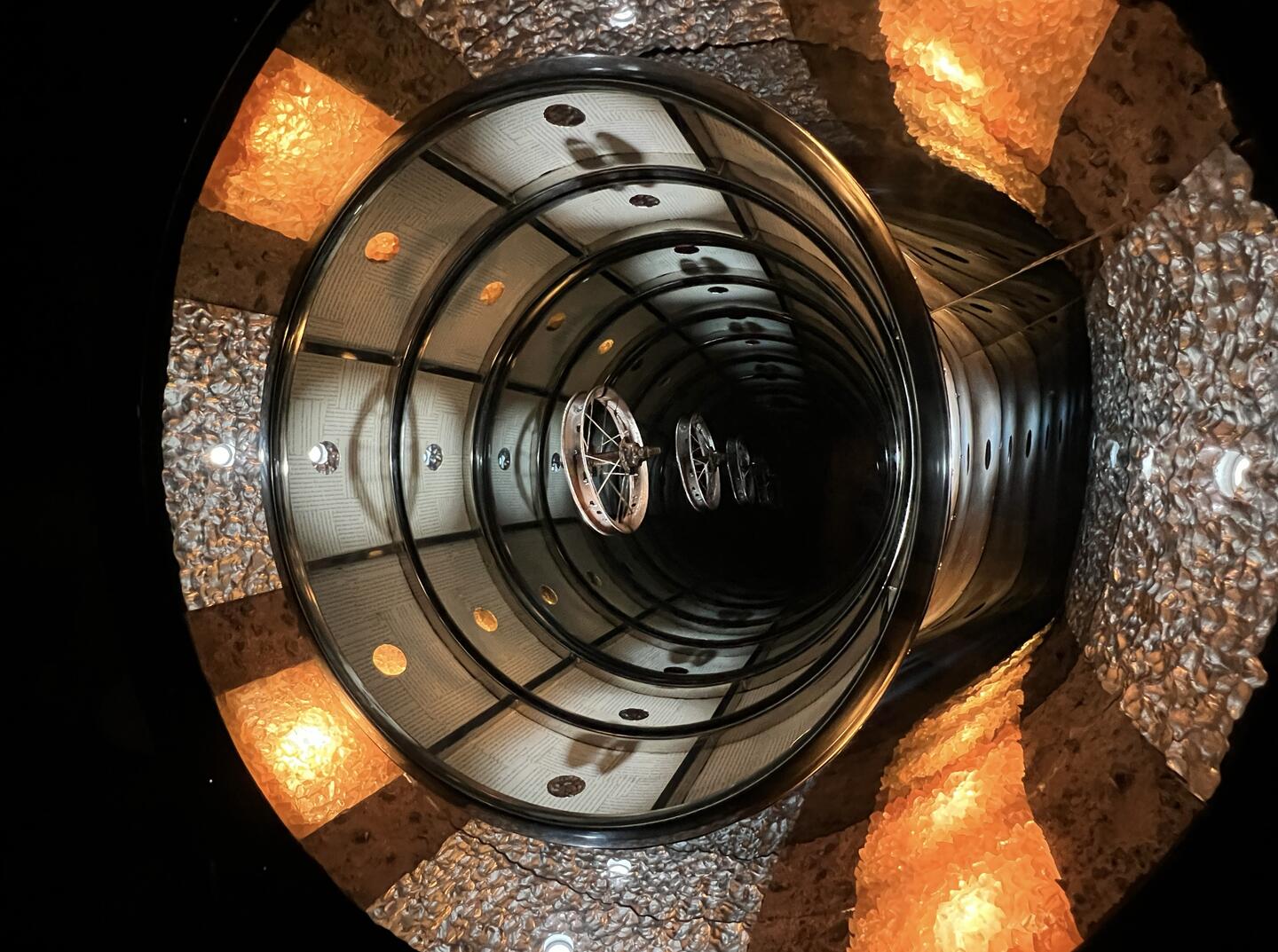The Galleries Art Fair 2022 was held from March 16 to 20 at SETEC, a convention center in Hangnyeoul, Seoul.
Marking its 40th anniversary, the fair is often considered as a barometer to forecast the Korean art market for the year, as it is one of the first to be held among the major art fairs in the country. Since the Korean art market size more than doubled last year, art-market watchers have especially kept a close watch on this year’s edition.
Compared to last year, 36 more galleries participated in the fair for a total of 143. Around 4,000 artworks by 800 artists were shown at the fair, and there were roughly 53,000 visitors, an increase of about 5,000 from last year.
The sales volume turned out to be even higher than last year’s record, which reached 7.2 billion KRW (approximately $5.9 million). This year, it recorded 17.7 billion KRW ($ 14.5 million), 2.5 times more than 2021 with sales of 4.5 billion KRW on the first day alone.
 Galleries Art Fair 2022.
Galleries Art Fair 2022.As much as the sales volume increased, a large number of galleries reported that they had completely sold out their booths. At the media platform E-Daily, a dealer stated that “the artworks were selling out itself. It even felt weird if a piece didn’t find a sale.”
At Kukje Gallery, one of the works of Dansaekhwa artist Park Seo-Bo was sold for 420 million KRW ($350,000), Gallery Hyundai’s Lee Kang-So, a key figure of Korean conceptual art, sold a piece for 200 million KRW ($170,000), and at Gallery Yeh, all the works of Jang Seungtaik, a known post-Dansaekhwa artist, were sold out.
Yet several media outlets reported that sales were more focused on smaller pieces priced between 1 million and 3 million KRW than on the high-priced works of renowned masters.
As in last year, it was the younger generation that drove the sales of this year’s fair. Works by mid-level and emerging artists were much more in demand than those of big-name artists. Interestingly, this was a different trend from last year. According to the “Korean Art Market Settlement Conference” released by the Korean Arts Management Services (KAMS), in 2021, sales of mid-level artists were rather off while those by well-known and emerging artists led last year’s sales.
Several galleries also reported that the boom at the fair has played an important role in promoting lesser-known artists, as works by mid-career artists, post-Dansaekhwa artists, and young and emerging artists were treated equally, eventually leading to sales.

Galleries Art Fair 2020. Courtesy of the Galleries Art Fair and the Galleries Association of Korea.
The Galleries Art Fair is hosted by the Galleries Association of Korea, which also hosts the Korea International Art Fair (KIAF), the largest art fair in Korea. While KIAF aims to show international contemporary art, the Galleries Art Fair aims to introduce young artists and focus on showcasing artworks that are mid-priced and smaller in size.
Unfortunately, showcasing various ranges of artworks was not easy for art fairs in Korea because of the small pool of collectors. Collecting art was even widely considered as a signifier of wealth and status that is enjoyed by a certain group of people, which limited new collectors from entering the art market. And most of the fairs have been mainly showing works of popular artists to cater to these collectors’ tastes. However, this has been changing in recent years.
Dal-Seung Hwang, Chairman of Galleries Association of Korea, mentioned in Munhwa Ilbo, a Korean news media outlet, that “the original purpose of the Galleries Art Fair was to introduce new artists and new works by established artists” and “finally the main purpose of the fair has been realized.” Jeongsook Kim, one of the board members of the Galleries Association of Korea and the CEO of Duru Artspace, said, “I think the characteristics of the fair is shaping up to be a festival for young artists and collectors.”

Galleries Art Fair 2020. Courtesy of the Galleries Art Fair and the Galleries Association of Korea.
Since last year, the Korean art market has been constantly releasing news about its growing art market. Seoul Economic Daily reported that a long waiting line to enter the fair was outside the convention hall and that there were gallery visitors camping out in tents to enter a gallery at Pyeongchang-dong, Seoul, which held an exhibition of an artist popular among young collectors.
However, some market observers expressed concern about the overheat in the local art market.
Experts see this art fever among younger collectors as part of revenge spending and panic buying from fear of falling behind trends. And as the alternative investments industry has grown in popularity and accessibility in recent years, there has been a growing trend of viewing artworks as investments.
But experts emphasize that artworks are cultural assets and not mere liquid investments, where a proper evaluation of the artists should take place as well as collectors building up knowledge about art collecting.





















